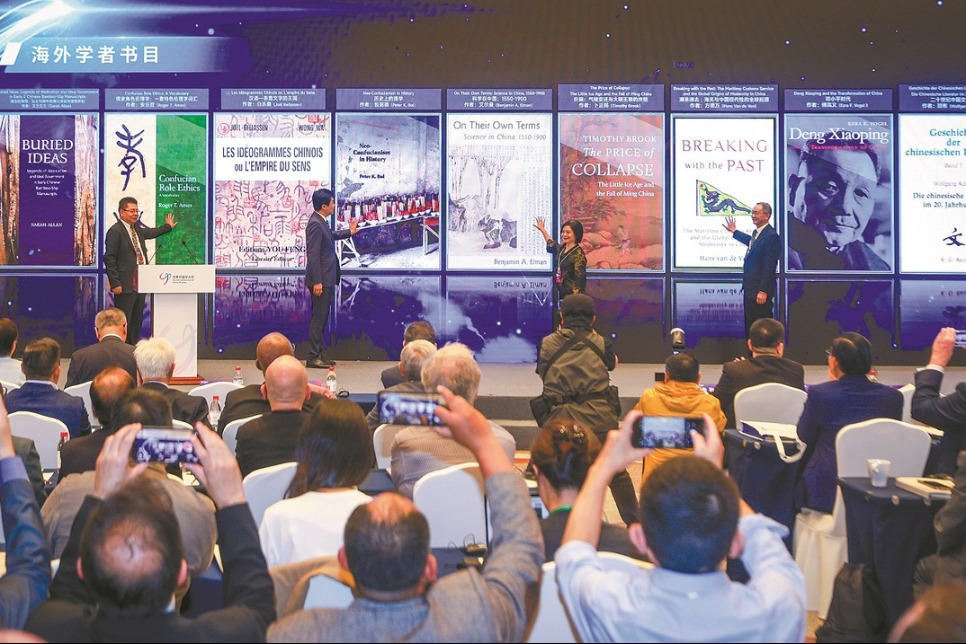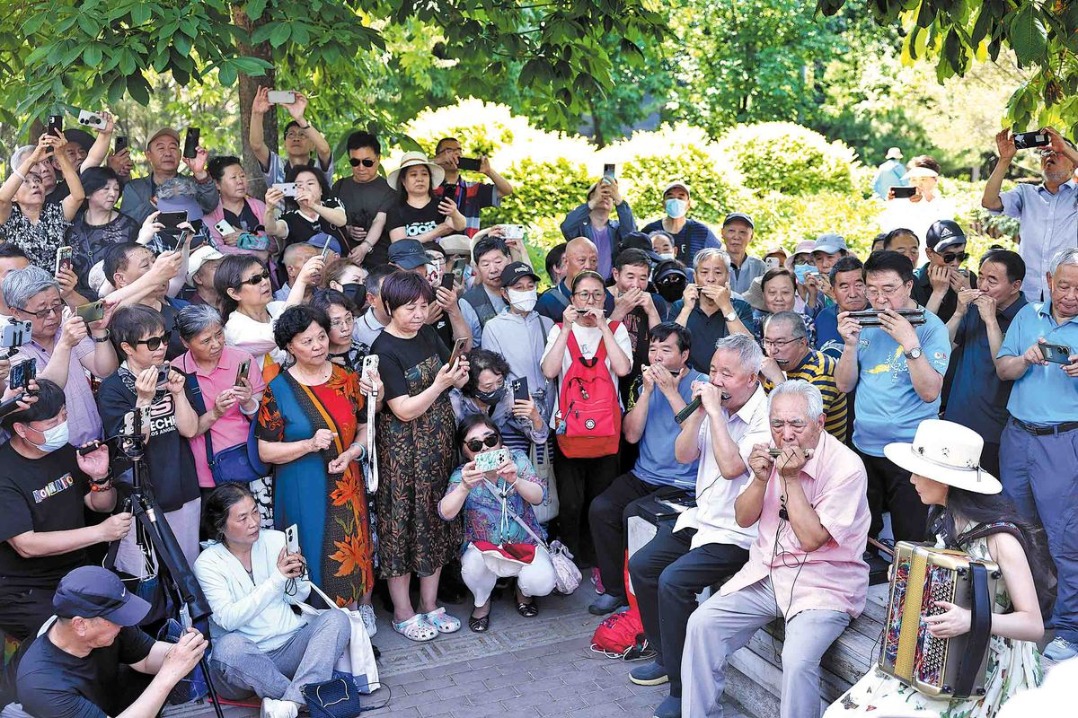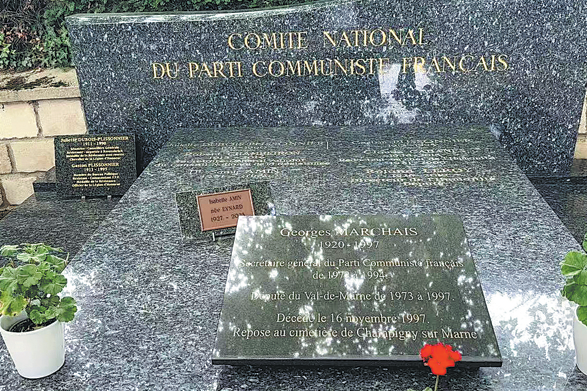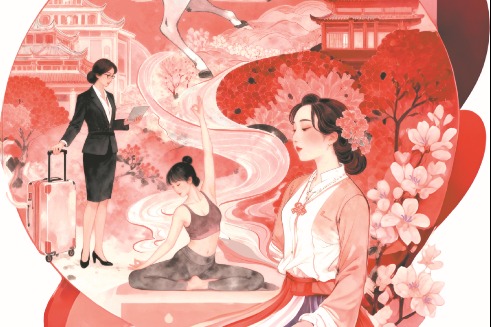Suzhou a city blending modernity, heritage


Extensive areas of greenery and parkland featuring well-managed bicycle lanes created a feeling of positive environmental and urban management. As we pulled into the gardens of a hotel close to the equally beautiful scene of Duchi Lake, I felt impressed so far with what I had seen.
That evening, after dinner, I had an opportunity to experience the skyline from the deck of a 40-minute cruise on Jinji Lake, setting sail from the appropriately named Moonlight Harbor, as the moon was visible that evening.
There were so many images to capture including a brightly lit 120-meter-high Ferris wheel overlooking the lake and spectacular Gate of the Orient. The latter, just over 300 meters high, completed in 2016, stands precisely on an east-west axis symbolically connecting the Suzhou old town with the west bank of Jinji Lake. The scene was enhanced by a steadily changing digital lighting show on the buildings. Spectacular when viewed from the boat, this Suzhou was one I could never have anticipated back in 1996.
While this was an inspiring start to rediscovering Suzhou, I wondered of course, what of the Old Suzhou from my dreams?
Suzhou boasts a history going back to 514 BC. It was at the epicenter of the local Wu culture dating back to the Zhou Dynasty (1045 BC to 256 BC). Suzhou, a city centered on the silk trade, also became a haven for scholars and skilled craftsmen. It is where land and water seem to go hand-in-hand, with a chessboard-like landscape of canals and alleys running parallel to each other. The old city, famed for its temples and pagodas, resembled a series of densely built islands connected by arched stone bridges. Along the narrow waterways everyday supplies were transported to local market squares accessed from the boats by stone steps. Indeed Marco Polo is claimed to have compared the urban scene to Venice.


































